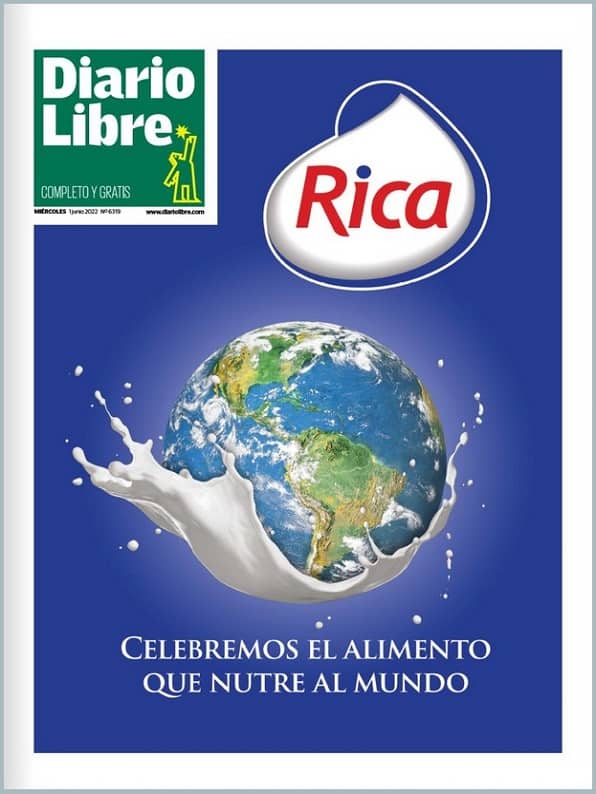Free Zones make advances in search of markets that they had lost
In 2013, jobs reached 144,383 showing a 7% growth
SD. The Free Zone sector of the Dominican Republic continues recovering, and now it is generating close to 150,000 jobs, after having fallen from some 190,000, before the crisis of the sector, to 112,000 jobs.
The official statistics indicate that during the present year 33 new companies have been approved to operate as industrial free zones. These companies will generate 5527 new direct jobs and represent a total investment of RD $1, 322,996,238.97.
In addition, the report from the National Council of Free Zones Export Companies (CNZFE) makes note of the fact that 2013 closed with 55 industrial parks and 602 companies in operation, which represented 144,383 jobs.
"Logically, to reach the high levels of close to 200,000 is going to require a lot of effort, because the companies that are arriving are not so labor intensive as were the ones who were here previously, such as the textile sector, which were companies which generated thousands of jobs rapidly each one," said the executive VP of the National Association of Free Zones (Adozona), José Manuel Torres.
The executive considered that if international and local conditions continue being favorable the rates of job creation are going to continue going up until they reach the levels that existed before.
Within the sector of the free zones, the textile area continues to be the principle generator of jobs and in 2013 it represented 28.8% as it generated 41,575 positions, followed by the area of tobacco and its derivatives, which generated 23,272 jobs for 16.1% of the total Free Zone employment.
Likewise the report by the CN ZFE indicates that services generated 21,337 jobs (14.8%) in 2013; the subsector of medical and pharmaceutical products reached 17,937 (12.4%) positions of employment and shoes and their components reached 13,260 jobs (9.2%).
At the same time with regard to exports and the generation of hard currency, the subsectors that occupied the lead in the Free Zone sector which had total exports in 2013 of US $5.1 billion, 1.8% more than in 2012, when they showed US $4.9 billion, are textiles, medical and pharmaceutical Roderick's, electric products, and debacle and its derivatives.
This data shows that diversification which this sector has had, which in the year 2000 was dominated by textile manufacturing which represented 53.6% of the total exports from the Free Zones and in the first semester of this year only represented 24.8%.
Along the same line, the statistics from the CNZFE show that in 2013 the exports from Free Zones in the subsector of textiles amounted to US $1.3 billion, representing 25.5%, medical products and pharmaceuticals generated US $1.2 billion for 24.5%, electrical products that were exported amounted to a value of US $650.8 million 412.9%, the area of tobacco and its derivatives exported US $584.1 million representing 11.6% and shoes ad sales overseas for US $420.9 million 48.4%.
The information from the Central bank reflects that it over the last three years the numbers from the Free So sector have been pushed by its continual process of diversification.
The official statistics indicate that during the present year 33 new companies have been approved to operate as industrial free zones. These companies will generate 5527 new direct jobs and represent a total investment of RD $1, 322,996,238.97.
In addition, the report from the National Council of Free Zones Export Companies (CNZFE) makes note of the fact that 2013 closed with 55 industrial parks and 602 companies in operation, which represented 144,383 jobs.
"Logically, to reach the high levels of close to 200,000 is going to require a lot of effort, because the companies that are arriving are not so labor intensive as were the ones who were here previously, such as the textile sector, which were companies which generated thousands of jobs rapidly each one," said the executive VP of the National Association of Free Zones (Adozona), José Manuel Torres.
The executive considered that if international and local conditions continue being favorable the rates of job creation are going to continue going up until they reach the levels that existed before.
Within the sector of the free zones, the textile area continues to be the principle generator of jobs and in 2013 it represented 28.8% as it generated 41,575 positions, followed by the area of tobacco and its derivatives, which generated 23,272 jobs for 16.1% of the total Free Zone employment.
Likewise the report by the CN ZFE indicates that services generated 21,337 jobs (14.8%) in 2013; the subsector of medical and pharmaceutical products reached 17,937 (12.4%) positions of employment and shoes and their components reached 13,260 jobs (9.2%).
At the same time with regard to exports and the generation of hard currency, the subsectors that occupied the lead in the Free Zone sector which had total exports in 2013 of US $5.1 billion, 1.8% more than in 2012, when they showed US $4.9 billion, are textiles, medical and pharmaceutical Roderick's, electric products, and debacle and its derivatives.
This data shows that diversification which this sector has had, which in the year 2000 was dominated by textile manufacturing which represented 53.6% of the total exports from the Free Zones and in the first semester of this year only represented 24.8%.
Along the same line, the statistics from the CNZFE show that in 2013 the exports from Free Zones in the subsector of textiles amounted to US $1.3 billion, representing 25.5%, medical products and pharmaceuticals generated US $1.2 billion for 24.5%, electrical products that were exported amounted to a value of US $650.8 million 412.9%, the area of tobacco and its derivatives exported US $584.1 million representing 11.6% and shoes ad sales overseas for US $420.9 million 48.4%.
The information from the Central bank reflects that it over the last three years the numbers from the Free So sector have been pushed by its continual process of diversification.


 Amílcar Nivar
Amílcar Nivar Amílcar Nivar
Amílcar Nivar